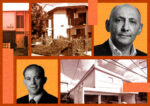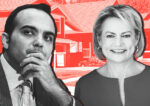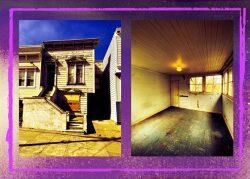 SF’s “worst house on the best block” sells for $2M
SF’s “worst house on the best block” sells for $2M
Trending
Applications to build new housing in San Francisco plummet to six-year low
While San Jose housing is hot,“projects are just dying” in San Francisco as fewer workers return to offices
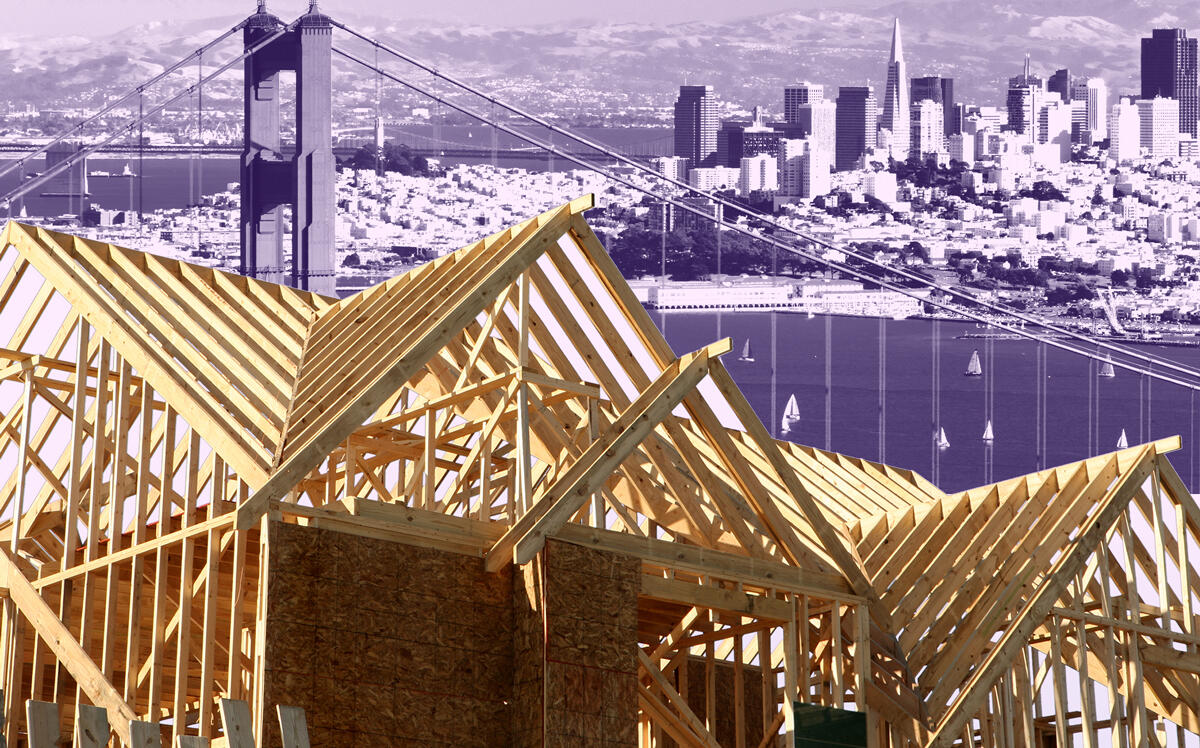
As demand for housing in San Francisco soars, the number of applications to build new homes has plunged to record lows.
Developers have applied to build three projects totaling 62 units in the first four months of 2022 – a drop from seven preliminary project applications totaling 891 units during the same period last year at the peak of the coronavirus pandemic, the San Francisco Chronicle reported.
The trickle of project applications has tumbled from the 17 applications totaling 2,084 units during the first four months of 2015, and the 18 projects comprising 1,873 units during the same time frame in 2016, according to the city’s database of preliminary project applications.
The four month dry spell in applications to the San Francisco Planning Department could be just a blip, as planners expect a few large projects to come across their desks in coming months.
At the same time, lenders and property owners are now putting the brakes on future developments in San Francisco because of high construction costs, inflation, rising interest rates and a slower-than-expected pandemic recovery, according to developers and construction industry leaders.
“The bottom line is people are not starting new projects in the city,” Ross Edwards, CEO of Build Group, one of the largest construction companies in Northern California, told the newspaper. “The market that is really hot right now is San Jose – everyone is focusing down there.”
Because it takes five years to entitle and build apartments in San Francisco, the sluggish interest in new projects will have little impact on how many units the city generates in the next two or three years.
But San Francisco could feel the slowdown in 2025 and 2026 if new project applications don’t ramp up soon.
That could impact the 82,069 housing units – including 33,000 units for low-income and very low income residents – San Francisco must build by 2030 as part of its state-mandated housing element.
A failure to meet its housing goal could result in a loss of funding for many federal, state, and regional affordable housing programs, and fines of up to $100,000 per month.
Fewer workers are returning to the office in San Francisco than almost any other major metropolitan region, while the national media has highlighted the city’s dirty streets and open-air drug deals.
These factors have a chilling effect on lenders who typically finance multifamily projects, Edwards said. Add soaring inflation, political hurdles and high fees and many builders are avoiding the city.
“There is nothing that is better right now than it was two years ago,” Edwards said. “Everything is worse. Projects are just dying of their own weight.”
City planners say housing production was solid in 2021 with 4,649 units coming online — a 15 percent rise over 2020 and 33 percent jump over the 10-year average of 3,478. Other major projects remain stalled: including a 6,000-unit expansion of Parkmerced; 12,000 units at the Shipyard and Candlestick Point; 1,679 units at Schlage Lock; plus 8,550 units expected in large projects along the future Central Subway.
San Francisco has about 70,000 units in its pipeline, about 10,000 of which are in “preconstruction,” meaning they could get going quickly under the right circumstances, Planning Department Chief of Staff Dan Sider said.
“We have been building up a reserve of entitled projects so that when things are back to normal and the economy loosens up people are ready to put a shovel in the ground,” Sider said.
[San Francisco Chronicle] – Dana Bartholomew
Read more
 SF’s “worst house on the best block” sells for $2M
SF’s “worst house on the best block” sells for $2M
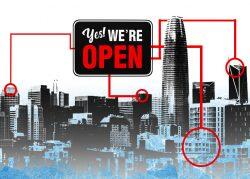 San Francisco office availabilities hit record high
San Francisco office availabilities hit record high



